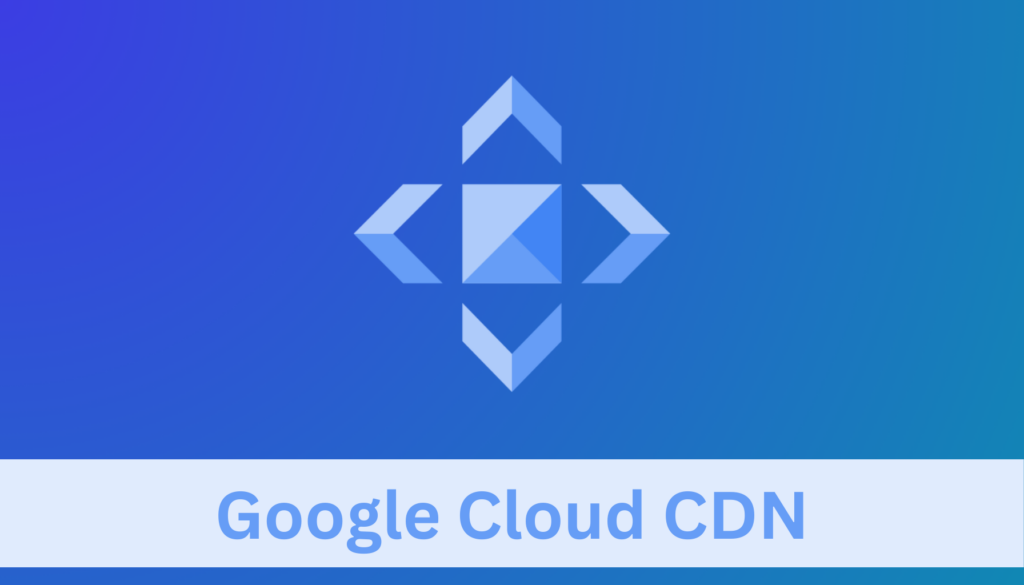What is Cloud CDN?
Google Cloud CDN (Content Delivery Network) leverages the power and reliability of Google’s global network to deliver content efficiently and quickly to users across the globe. It is a key solution for businesses and developers who need to distribute content to their users with high speed and low latency. By caching content at the network edge in various locations worldwide, Cloud CDN minimizes delays and improves user experience significantly.
This service is not just about faster content delivery; it also enhances the overall performance of applications by reducing load times and bandwidth usage. Whether it’s streaming videos, providing software downloads, or accelerating web and mobile applications, Cloud CDN simplifies and amplifies the content delivery aspect of cloud computing.
What are the Key Features of Google Cloud CDN?
Cloud CDN is equipped with a suite of features designed to enhance content delivery and performance. Understanding these features is crucial for leveraging the full potential of this service.
- Global Distribution Network: Cloud CDN’s global distribution network is its backbone. This network consists of edge locations distributed worldwide, ensuring that content is closer to users regardless of their geographic location. This proximity significantly reduces latency, leading to faster content delivery and an enhanced user experience.
- HTTP/HTTPS Load Balancing: HTTP/HTTPS load balancing is critical for handling large volumes of web traffic. Cloud CDN effectively distributes incoming requests across multiple servers, preventing any single server from becoming a bottleneck. This not only optimizes the speed of content delivery but also enhances the reliability and availability of your applications.
- Integration with Google Cloud Services: Integration with other Google Cloud services like Google Cloud Storage and Google Compute Engine offers seamless content delivery solutions. This integration enables easy content management and deployment, making it simpler for businesses to maintain their digital assets.
- Cache-Control Mechanisms: Cache-control mechanisms in Cloud CDN allow for fine-tuned management of how content is cached and served. These mechanisms include setting cache expiration times, invalidating cached content, and customizing cache behaviors based on content type or user geography. Such control ensures that users always receive the most up-to-date content efficiently.
- Monitoring and Analysis Tools: Monitoring and analysis tools are essential for any CDN service. Cloud CDN provides detailed analytics and real-time logs, giving insights into content delivery performance, user demographics, and potential issues. These tools enable businesses to make data-driven decisions to optimize their content delivery strategies.
Google Cloud CDN Pricing Overview
Understanding the pricing structure of Cloud CDN is crucial for businesses to plan their budgets effectively. Let’s delve into the various aspects of the pricing model for this service.
Overview of Pricing Structure
Cloud CDN offers a competitive and transparent pricing structure. The costs are primarily based on the amount of data transferred and the cache egress. This means you pay for the data bandwidth used and the amount of data served from the cache to the end users. The pricing model is designed to be scalable, suiting both small-scale users and large enterprises.
Pricing Components
- Data Transfer: Charges are incurred for data transferred from the Cloud CDN to the end users.
- HTTP/HTTPS Requests: Each request (either HTTP or HTTPS) made to the Cloud CDN incurs a fee.
- Cache Fill: When content is fetched from the origin server to fill the cache, there is a charge based on the volume of data.
Pricing Models and Plans
Cloud CDN pricing models include:
- On-Demand Pricing: You pay for the resources as you use them, without any upfront commitment. This model is ideal for businesses with fluctuating bandwidth needs.
Does Google Cloud CDN comes with a Free Tier?
As of writing this article, Cloud CDN isn’t listed in GCP’s 20+ free services. But Google Cloud Platform (GCP) provides $300 free credits for 90 days to every new customer for trying out their services before investing.
How to Optimize Google Cloud CDN for Cost Savings?
Optimizing costs while using Cloud CDN is vital for businesses to ensure they get the most value out of the service without overspending. Here are strategies and practices to consider for the cost-effective use of Cloud CDN.
1. Efficient Resource Utilization
Maximizing the efficiency of resource utilization is key. This involves optimizing the cache hit ratio, which means ensuring that as many requests as possible are served from the cache rather than the origin server. Higher cache hit ratios lead to lower data transfer and cache fill costs.
2. Cache-Control Optimization
Proper cache control settings can significantly reduce costs. By setting appropriate cache expiration times and understanding the patterns of content access, you can minimize the need for frequent cache refreshes, which in turn reduces cache fill costs.
3. Load Balancing Strategies
Implementing smart load balancing can help in cost-effectively distributing traffic. By balancing requests across different regions and servers, you can optimize resource usage and potentially lower the overall cost.
4. Utilizing Google’s Network
Leveraging Google’s extensive network can lead to cost savings. Google’s network is designed for high efficiency and low latency, which can reduce the amount of data transferred and improve cache efficiency.
5. Data Compression Techniques
Using data compression techniques can significantly reduce the size of the content being delivered. Smaller content sizes mean less data transfer, which directly translates to lower costs.
6. Choosing the Right Pricing Model
Selecting the most suitable pricing model for your usage patterns is crucial. For predictable workloads, committed use discounts can offer savings. For variable or unpredictable traffic, on-demand pricing might be more suitable.
Conclusion
Cloud CDN offers a robust and efficient solution for content delivery across the globe. Its features like global distribution, anycast IP addresses, and integration with Google Cloud services enhance user experience and application performance. With a flexible and transparent pricing structure, it addresses a wide range of business needs. Cost optimizations through efficient resource utilization, cache control, and selecting the right pricing model further enhance its value. For optimal implementation and maximized benefits, we recommend you consult with a cloud professional.
Ready to Optimize Your Google Cloud CDN Usage?
[Reach out for specialized guidance] to ensure your setup is both cost-effective and high-performing.

